An event that has become known as the BanPong Incident, played an important role in the Thai-Japanese International relation. It took place in DEC 1942
.
BCKGRD: [See Section 10.1 for the formal status of the political relationship between the Thai Government and the invading IJA forces.]
PM Phibun tried to walk a high-wire between saving his country from total destruction at the hands of the IJA and maintaining some sort of independence that I liken to the Vichy French arrangement. From the viewpoint of the Japanese, the semi-independence they granted to the Thai authorities to continue to rule over about half of the Thai countryside was a manpower conservation move – nothing more. The IJA had what it wanted out of Thailand: control of the port of Bangkok and the rail links to Singapore to the south and Saigon-Phnom Penh to the east. It needn’t bother itself with most of the rest of the country.
In the spring of 1942, the Thai Gov’t officially handed over control of the right of way for the IJA Engineers to build a railway from NongPlaDuk to Kanchanaburi. Since this was ‘inhabited’ farmland, the Thai landowners had to be convinced (and paid?) to turn over the necessary portions of their land. According to the IJA official marker the TBR was begun on 16 SEP 1942 at NongPlaDuk.
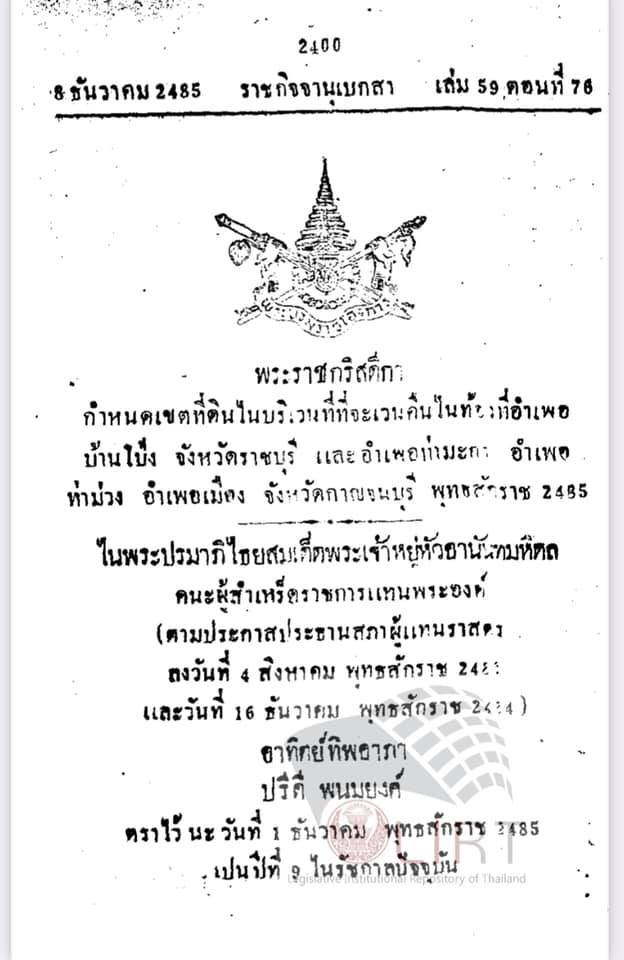
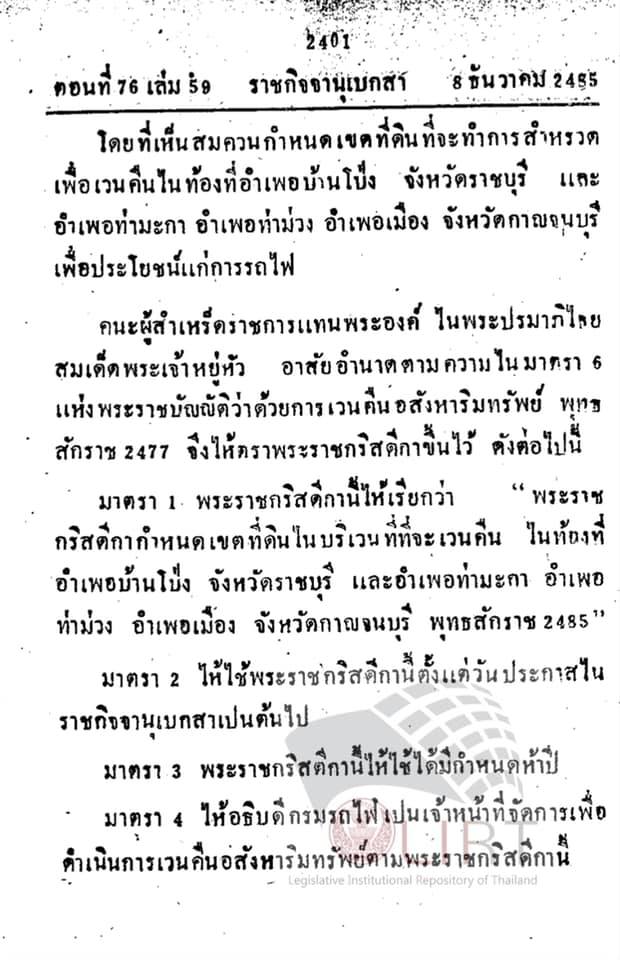
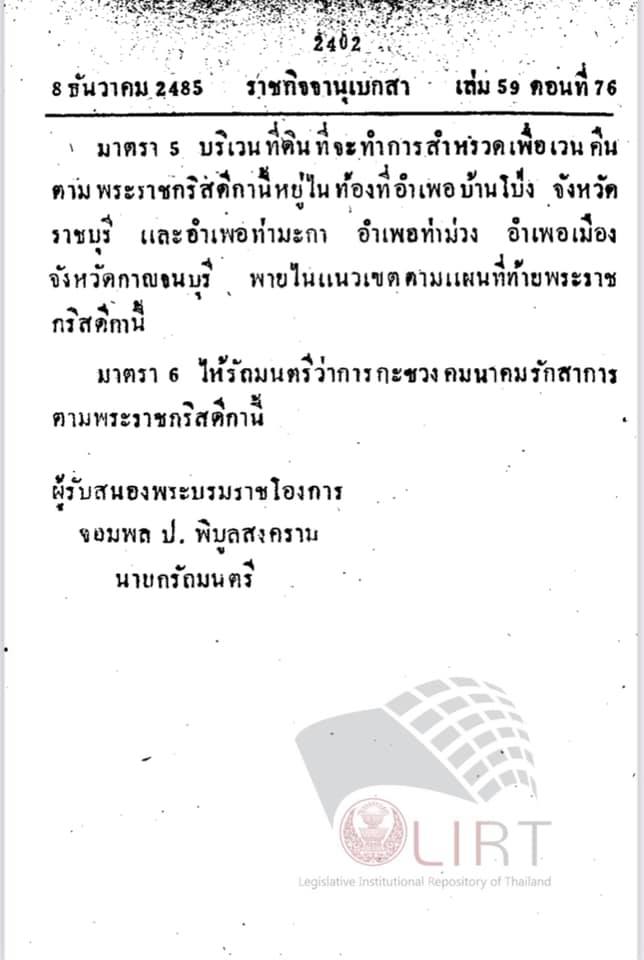
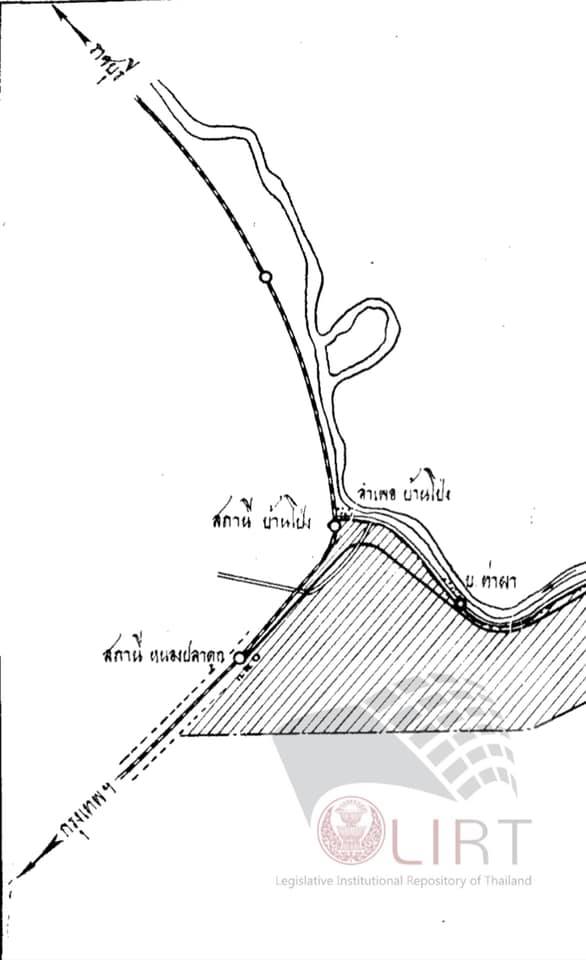
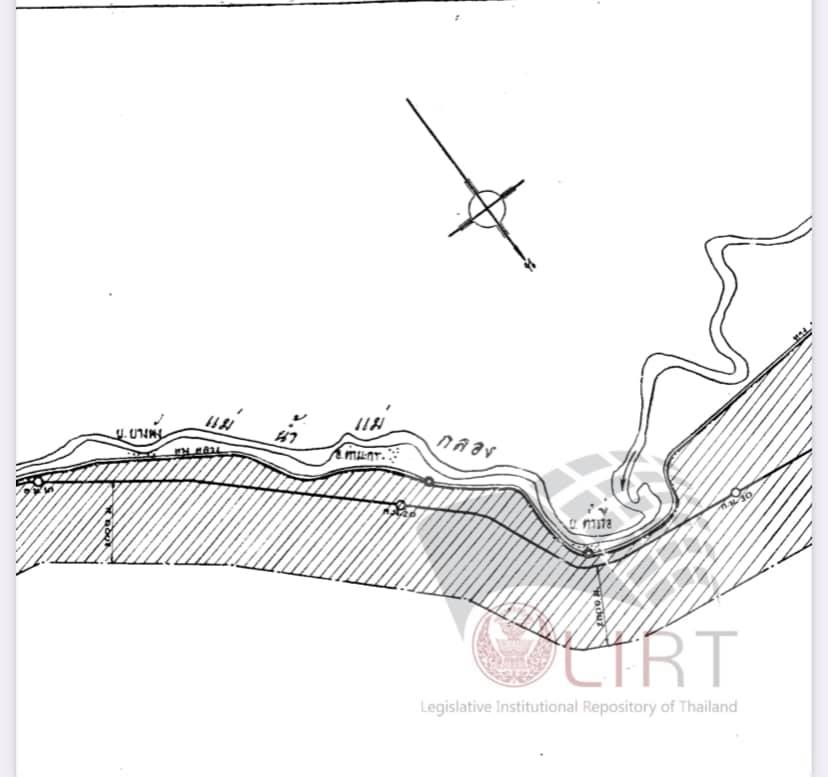
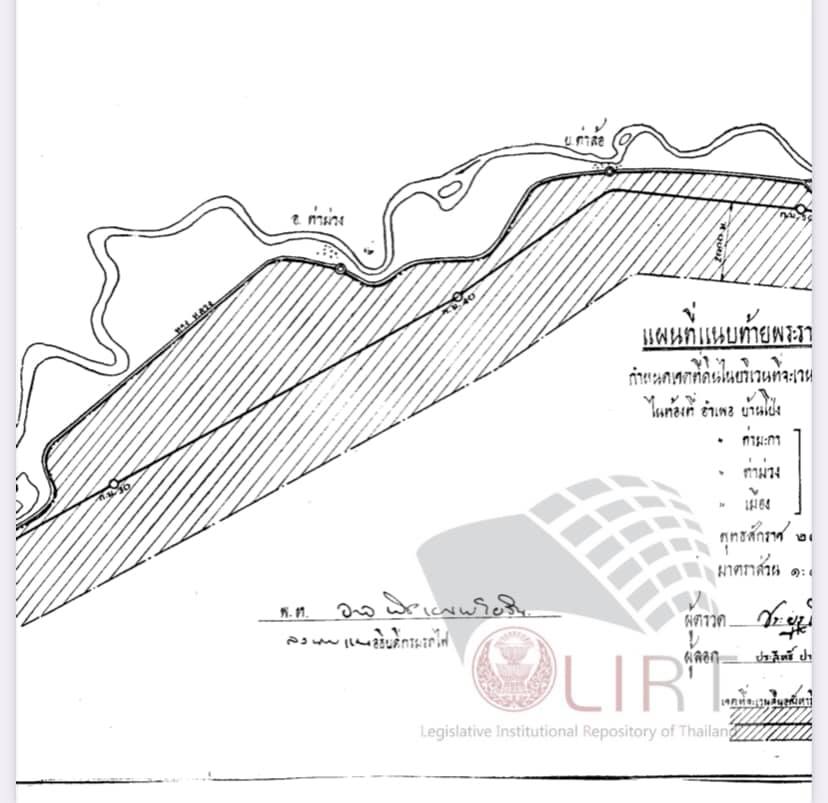
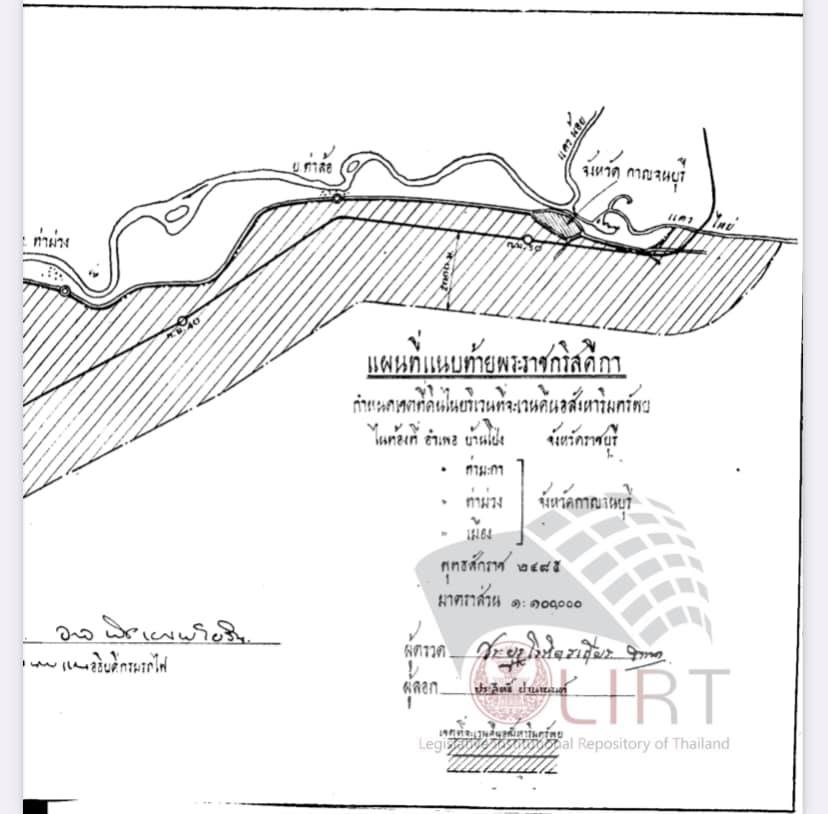
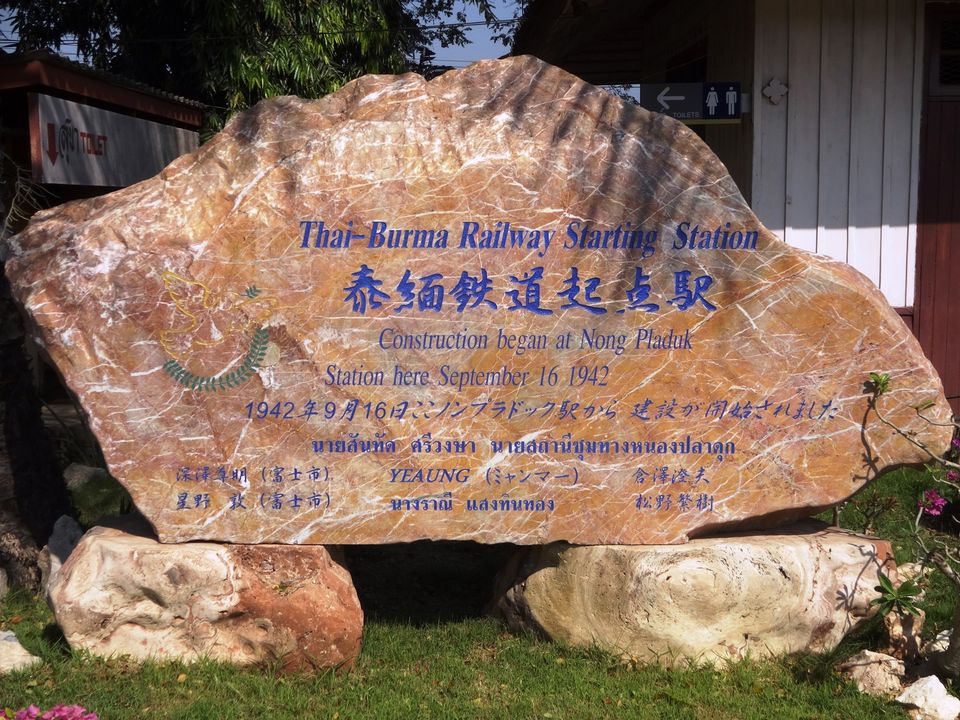
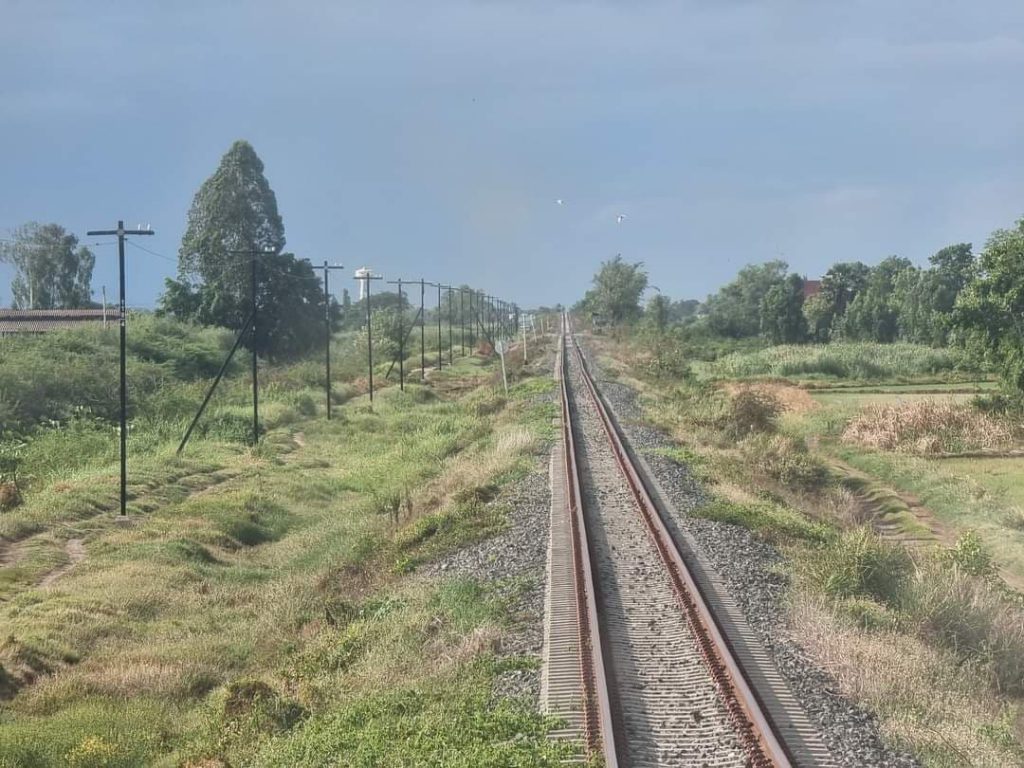
The first 3000 British POWs (aka Grp #1) arrived at BanPong in mid-JUN. It is uncertain if they remained in the NongPlaDuk area or moved farther west. None the less, it is not thought that they were heavily involved in the building of the initial portion of the TBR. This work is credited primarily to locally-hired Thai workers. The initial 50+ Kms were over flat, open agricultural land and was built in a matter of weeks. The only obstacles (minor compared to what lay ahead) were some klongs and gullies that need to be bridged. None of these were of any substantial barrier. During this initial construction phase, the IJA Engineers and support forces were headquartered in BanPong. Thus precipitating the BanPong Incident that was to have serious repercussions.
Tensions began to rise between the local Thais in BanPong and the Kempeitai who were arresting (and torturing?) Thais as suspected ‘spies’. The Incident began on the evening of 18 DEC when an IJA soldier is said to have slapped a Buddhist monk (in some versions only a novice not an ordained monk) in the face when he could not explain his presence in what the soldier was guarding as a restricted area. A group of Thais either directly witnessed this insult or learned of it via the monk. An angry mob soon formed and attacked and killed an IJA soldier. Versions differ as to who that soldier was but it is not thought that he was the initial ‘offender’. Tensions escalated as more soldiers arrived and more Thais gathered to confront them.
Local Thai and IJA officials converged on the area – to include some Kempeitai officers. But prior to their arrival, shots rang out! The local police commander (Lt Sisuk) deployed about 30 armed men towards the scene near the railway station. They were met by two truckloads of IJA soldiers – about 20 in all – who opened fire with a machine gun on one of the vehicles. Later, both sides would claim that the other fired first. There were several minutes of gunfire being exchanged before the authorities on both sides could quell it. IJA accounts say 4 were KIA (including an IJA physician) and 2 other seriously wounded. Since these figures come from the IJA records, they can only be assumed to apply to IJA personnel only.
Although the crowd was dispersed, tension remained high and over the next few days there were a series of follow-on incidents. Workers destroyed a section of the tracks in BanPong; women threw stones at IJA sentries and armed Thais attacked other IJA soldiers. IJA reinforcements arrived for a show of strength and these incidents ceased, but tensions remained high and all were wary. Soon this Incident had grown to a full diplomatic row, involving the IJA Area HQ in Saigon and the Thai Prime Minister. This came as a series of demands by the IJA Commanding General. These included execution of the Thai ‘criminals’, the transfer of any local Thai officials ‘involved’ and restitution to be paid to the families of the dead and injured. The sums of these payments were not overly excessive even in the 1940s; set at 20,000 baht for the dead and 2,000 for the injured. Also included was an official diplomatic apology and an ‘education effort’ to prevent further confrontations.
To the total dismay of the Thai Authorities, the monk was one who was supposed to be executed for starting (if not leading) the entire Incident. Of course, under Thai and Buddhist tradition this was out of the question; non-negotiable and off the table.
Elsewhere there were numerous reports of (somewhat less serious) confrontations between Thai businessmen and IJA troops transiting through Bangkok in particular. Many of these stemmed from disputes over how much the Japanese currency was worth in relation to the Thai baht/tical. All in all, the Thais remained proud and defiant in the wake of the Japanese occupation of their country. Elsewhere, hundreds (thousands?) of young men were making their way to Seri Thai (resistance movement) camps to train to fight the IJA.
In far-away Japan, the high level importance of the Thais and the absolute necessity of unrestricted access to the Port of Bangkok and the connecting rail links brought pressure on the SEA IJA HQ to resolve these disputes as quietly as possible and not to overly embarrass the Thais in the process. The BKK Garrison Commander, GEN Nakamura Aketo was placed under great pressure not to ‘lose face’ in front of his adversaries (if not actually enemies) and to keep overall relations with the Thai gov’t at least amicable. In a long series of meetings between him and the Japanese AMB in BKK, Yamamoto, and Thai senior officials a ‘resolution’ was arrived at. During this time, GEN Aketo and PM Phibun seemed to have become rather close friends[i]. In an unexpected turnabout, the Thai gov’t agreed to a one-time payment of 80,000 baht as restitution. But Aketo handed the money back as compensation for the Thais injured in the Incident. One other concession was that Aketo was allowed to open a “comfort station” (aka legally sanctioned brothel) in Bangkok. Whether or not this was for the personal enrichment of the GEN is lost to history! The Thais even recruited the women to work the brothel. This establishment apparently aided in isolating the soldiers from ordinary Bangkok nightlife and thereby reduced confrontations over alcohol and women. This ‘agreement’ made it easier when later another “comfort station” was established at the HinDat hot springs in the Hellfire Pass area.
Much of the above comes via Professor Boggett’s essay #26. He further relates that he had a personal interview with the Abbot of the Wat Don Toom in BanPong in which the Abbott related that he had been a novice at the temple (a transit camp at the BanPong end of the rail journey from Singapore; see Section 19f) at the time of the Incident, but denied any direct knowledge of the event.
In summary then, a late evening confrontation between a Buddhist monk and an IJA sentry grew into an international incident and shaped Thai-Japanese relations for years to come. And as a result, almost as an afterthought, Thai workers were not employed on the TBR to any great extent post-incident. Thousands upon thousands of romusha were imported to replace them!
There is even a suggestion that the contracts that were let to the BoonPong Family businesses in Kanchanaburi were perhaps an indirect result of the lack of support farther east in BanPong and NongPlaDuc. [see Section 19d].
[i] Interestingly enough, when Phibun was ousted as PM post-war, he lived in exile in Japan for the remainder of his life and is said to have continued a friendship with the General.
Another version as posted by Anon Kaewsa-ard based on Information from:
https://www.silpa-mag.com/this-day-in-history/article_60005
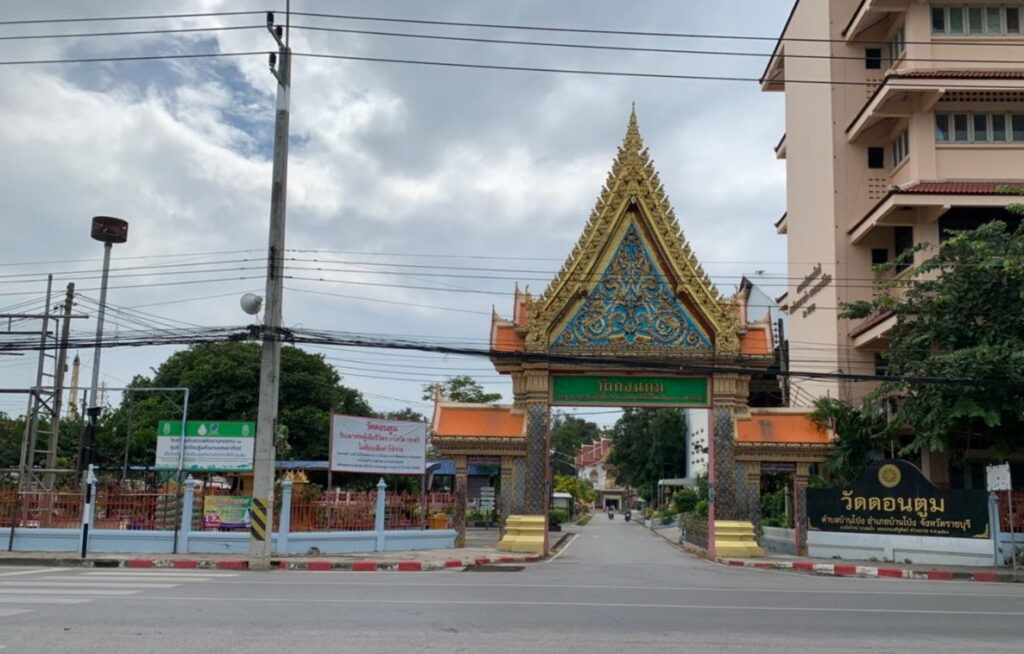

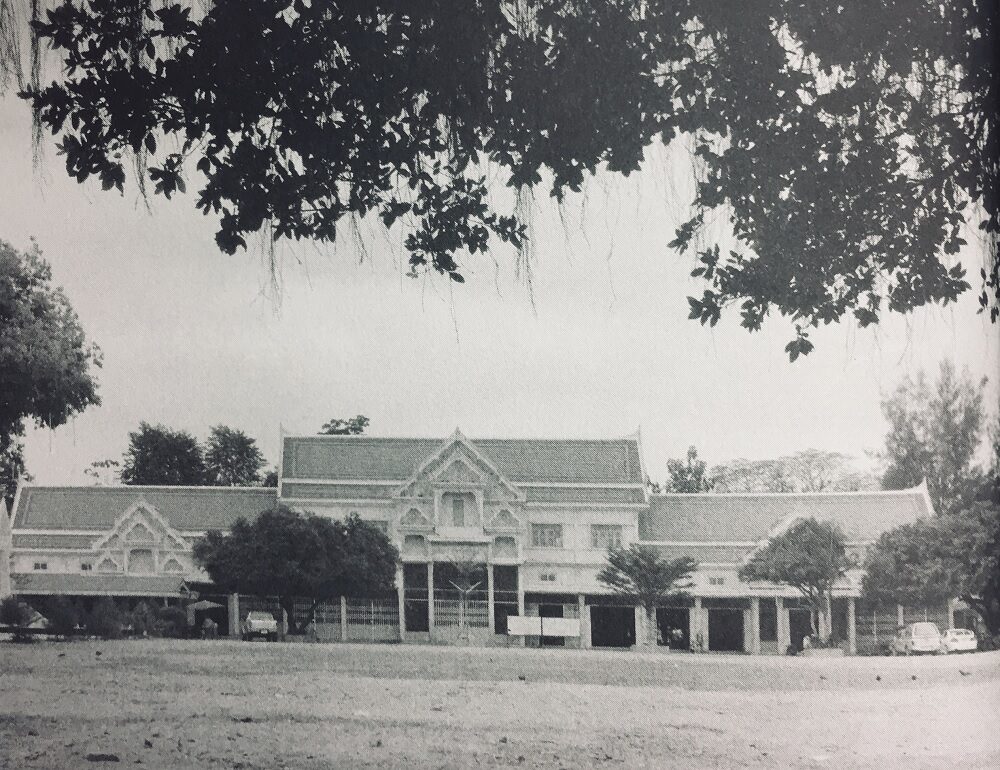
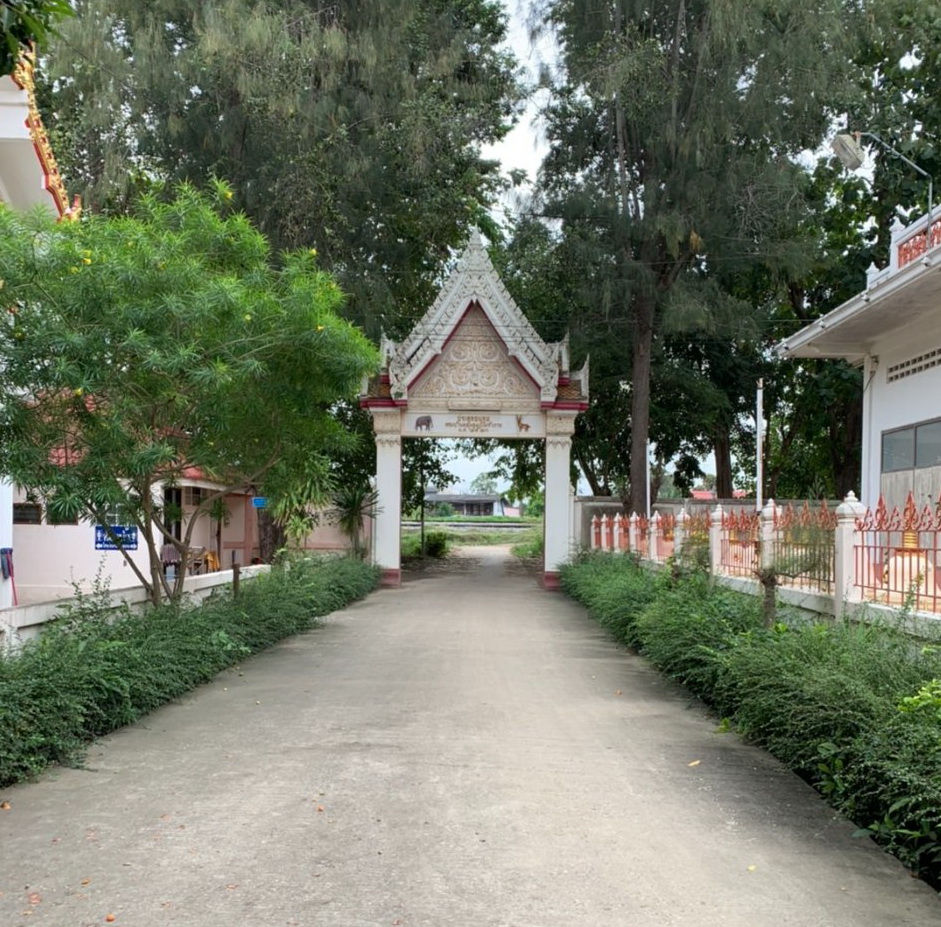
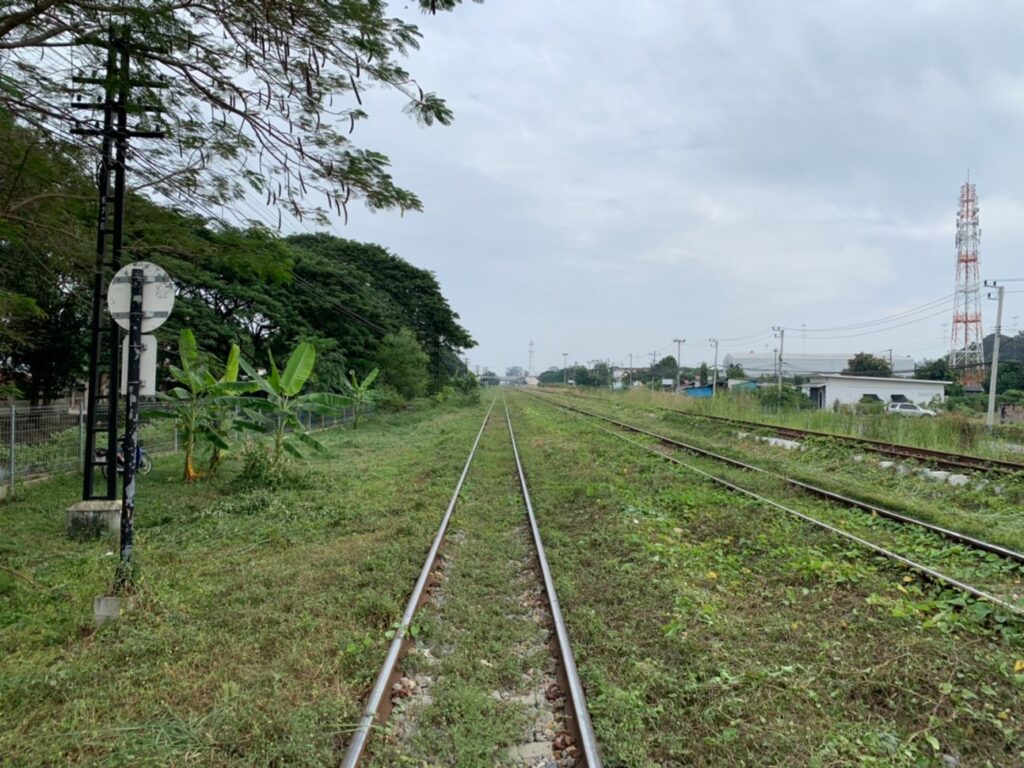
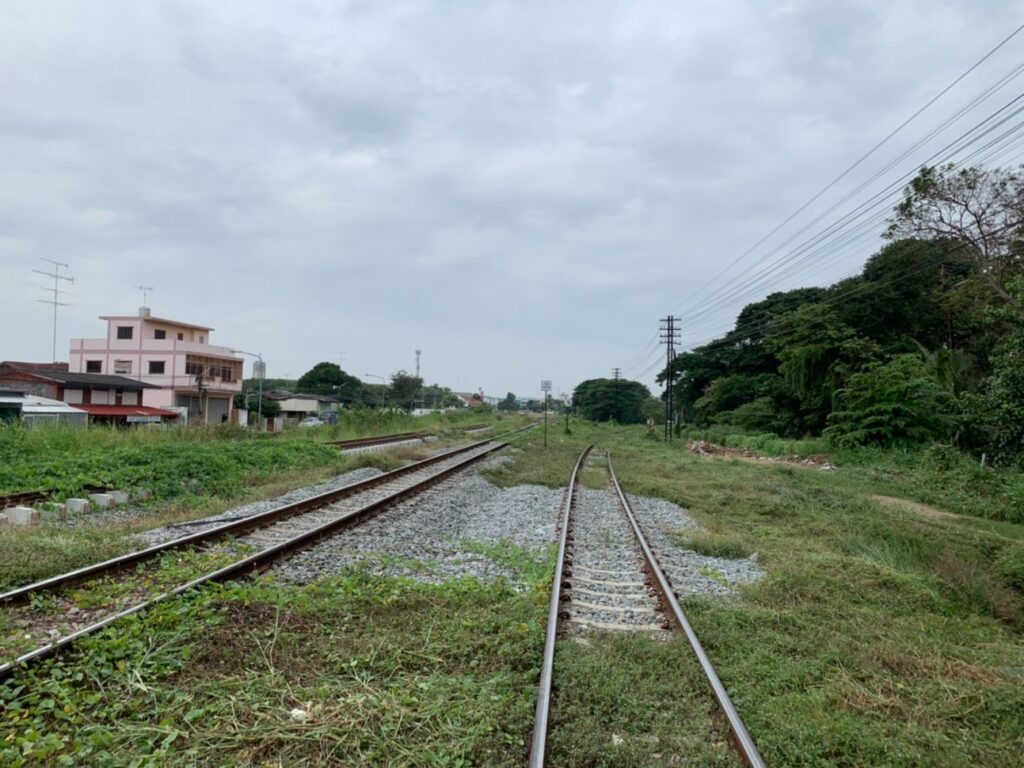
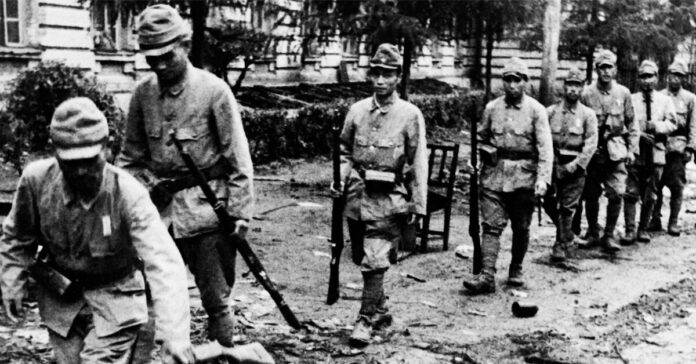
Story of the incident told in Thai and posted to FACEBOOK:
https://www.facebook.com/watch/?v=378346674045023&ref=sharing
Per this video, the conflict spread to both Ratchburi and Kanchanaburi where more soldiers were killed and a wider clash between Japanese and Thai soldiers were threatened.
Here is another version of these events (translated from a Thai lang account):
On the afternoon of December 18, 1942, Phra Perm Siriphibun (some documents indicate that he was a novice) from Wat Huay Klak. Kamphaeng Saen District Nakhon Pathom Province Travel to pay respect to the abbot of Wat Don Tum Giving cigarettes to foreign prisoners of war The Japanese soldiers saw them becoming angry and slapped more monks in the face until they fell to the ground. Later, more monks were carried to the pharmacy at Wat Don Toom
The workers who built the Death Railway, who lived in the temple, asked why. When he learned more from the monks, he expressed his dissatisfaction. Later that night a clash erupted.
A Japanese soldier with a mace enters Wat Don Tum. After a while, he came back again with two other Japanese soldiers holding a third crossbow [sic] and a bayonet. A worker threw a stick at the Japanese soldier but was not able to get it. The Japanese soldiers then retreated and brought back more than 10 people. When they reached the temple hall, they fired a gun. The workers who lived in Wat Don Tum broke away. The Japanese soldiers saw the controversy, so they fired guns at them and ran after the Thais. When they started to settle down, they grabbed the pickaxe that they had enough to retaliate.
Around midnight The Japanese then sent more soldiers from Kanchanaburi, about 3-4 vehicles, to siege the Ban Pong Police Station. The Japanese soldiers therefore used a method of forcibly arresting about 30 Thai workers and also arrested the monks throughout the temple for investigation until 3 am on the new day and released.
On December 20, 1942, the Ministry of Interior reported that the total number of Japanese soldiers killed 7 people, 5 wounded.
On December 30, 1942, Field Marshal Plaek Phibulsongkhram, Prime Minister informed the meeting that
“Due to the mess at Ban Pong, at this time, it’s still not settled. Yesterday, the Japanese company submitted an investigation report. Concluding that one of us was wrong, he was very sorry, he said that the Imperial Guard had never died outside the battlefield. If something like this happens again He will do it by arbitrarily…”
Six months after the Ban Pong crisis, 3 Thais were sent to the military court.
The result of the judgment of the defendant
1. Phra Perm Siriphibul , who was slapped by Japanese soldiers 3 times, was the cause of the story. In the investigation and proceedings of the case, more monks were arrested. It was added that the mentally ill, illiterate were sentenced to “death” but were reduced to “Life imprisonment”
2. Mr. Pee Nummchinwong, a Thai laborer, was the one who seized weapons and attacked Japanese soldiers. The investigation further stated that he had binge drinking and was uneducated and illiterate: Sentenced to life imprisonment
3. Soldier Sudja Somathat uses a gun to shoot because his fellow soldiers who are crouching nearby are shot. Is an individual of action but since it was night time, I couldn’t know who was gun shot at. The court sentenced him to 10 years in prison.10:1:50
That made the “Ban Pong Crisis” end with Japan’s satisfaction and the relief of Thailand with lower-level people as the “exit”.
